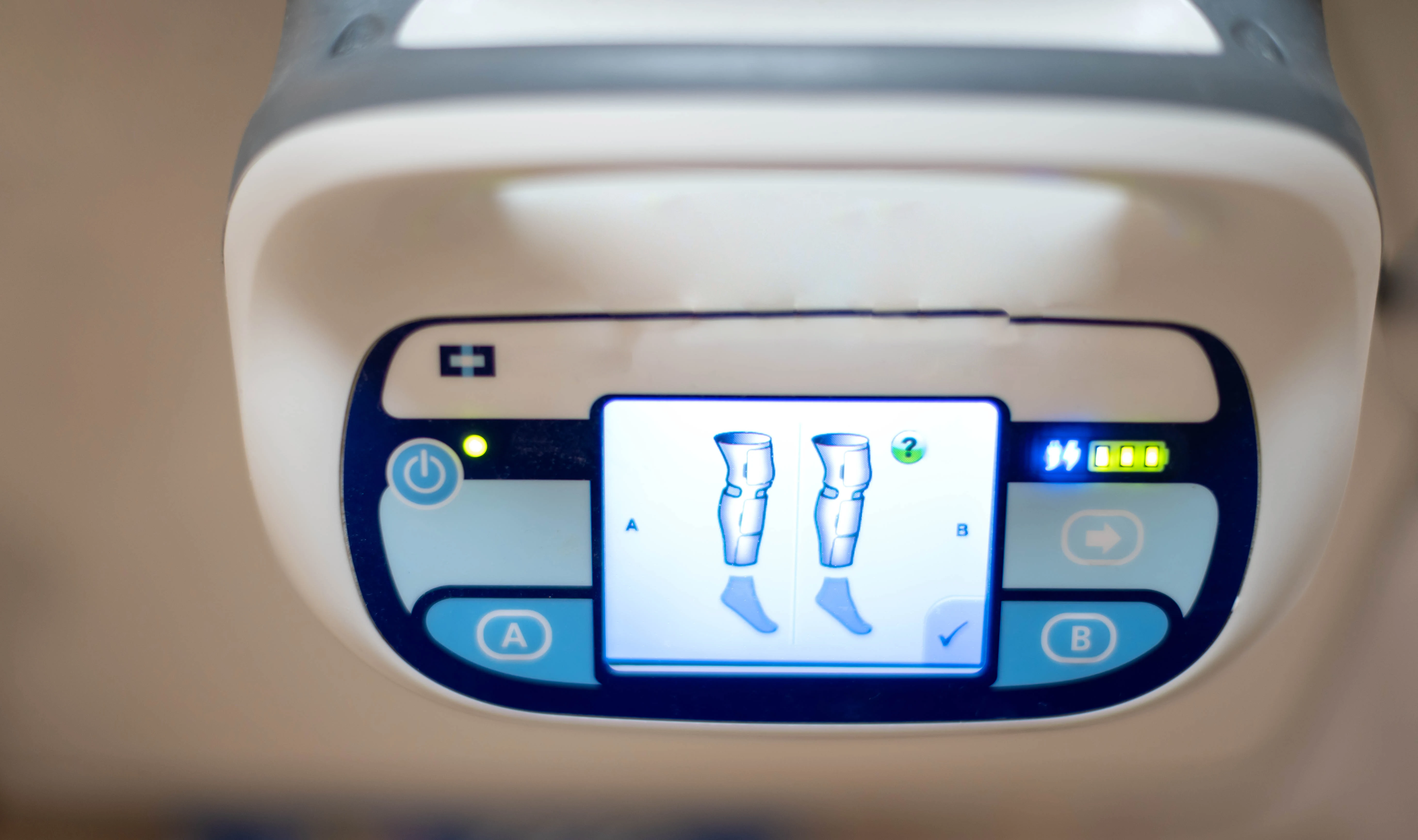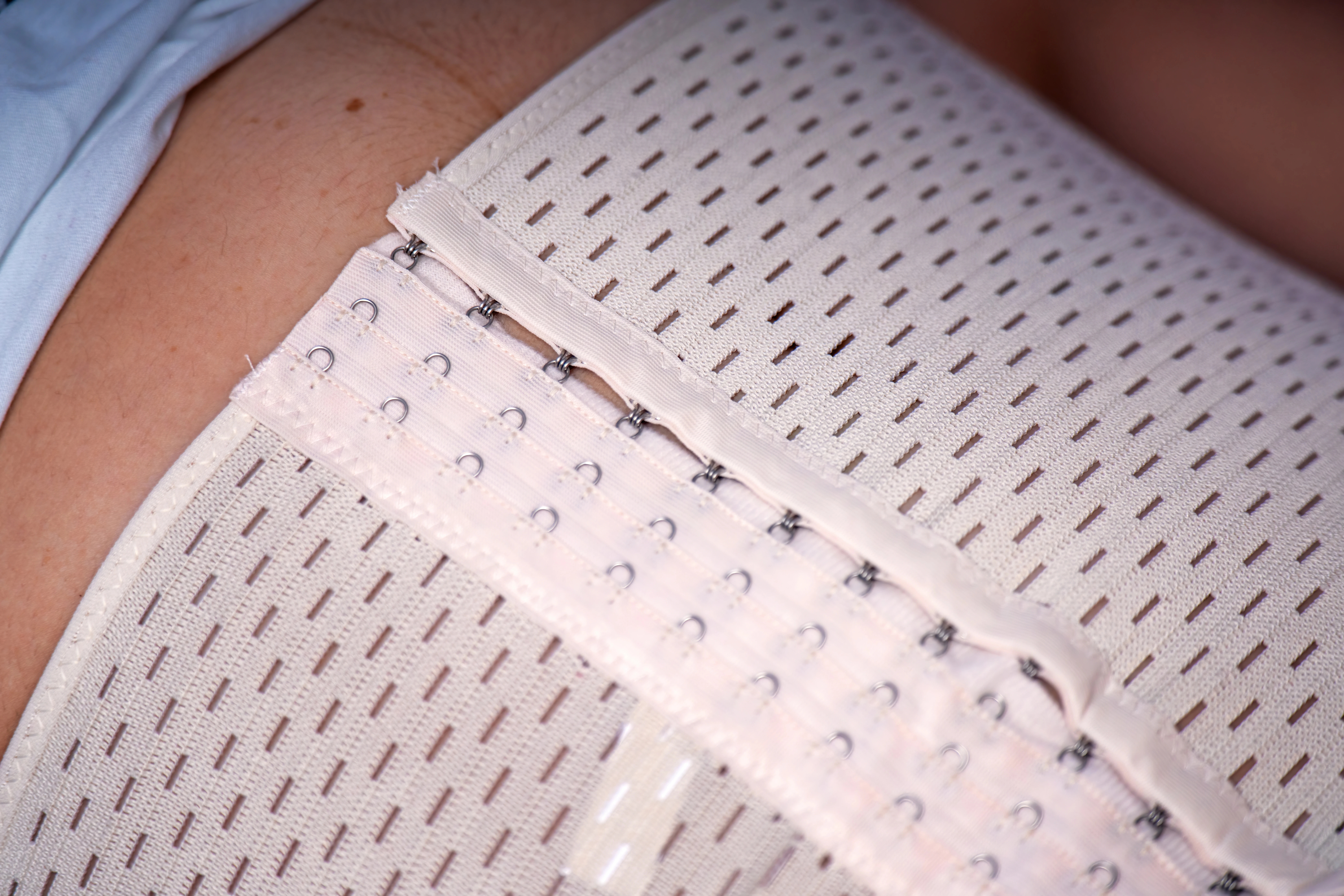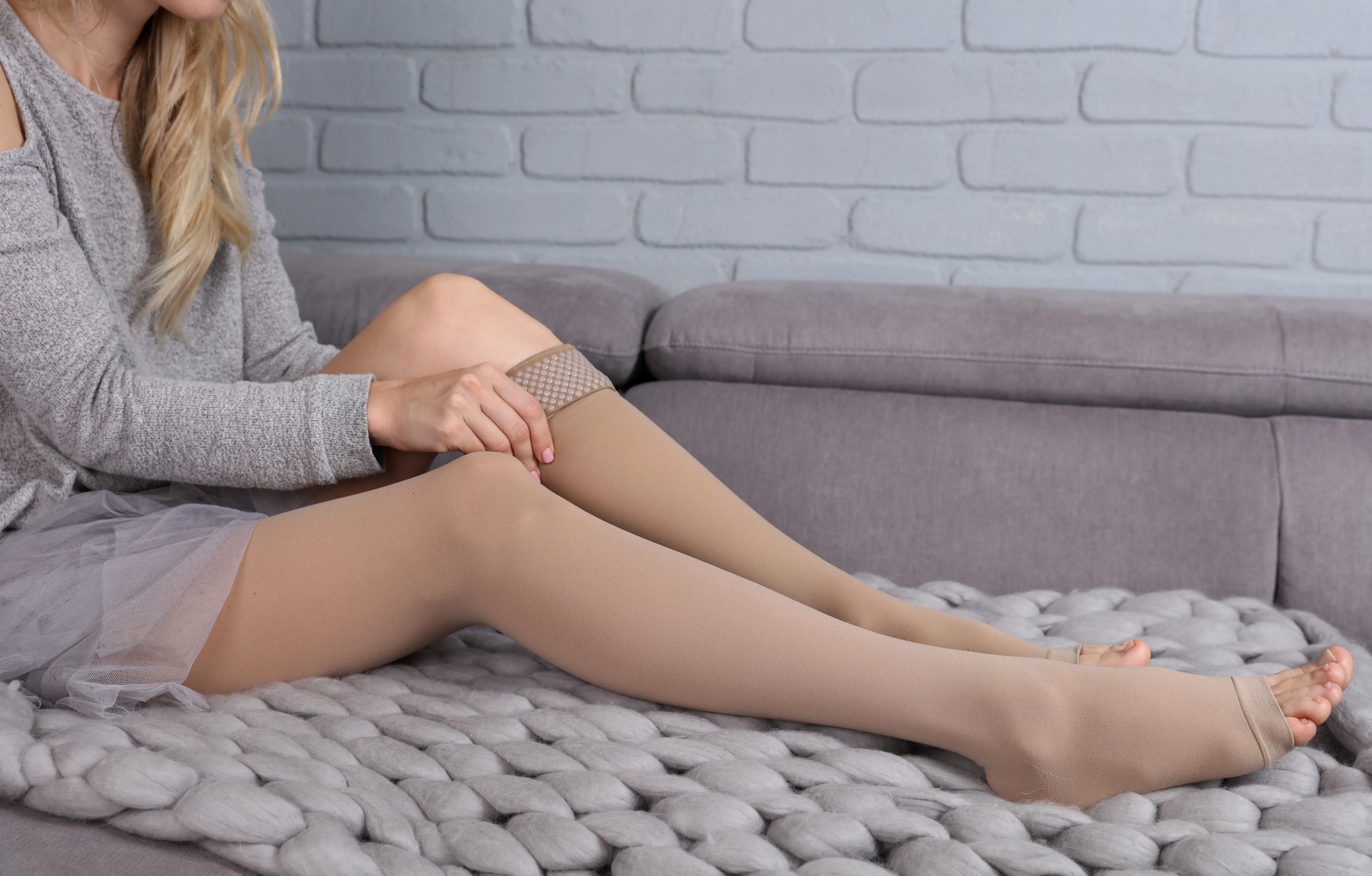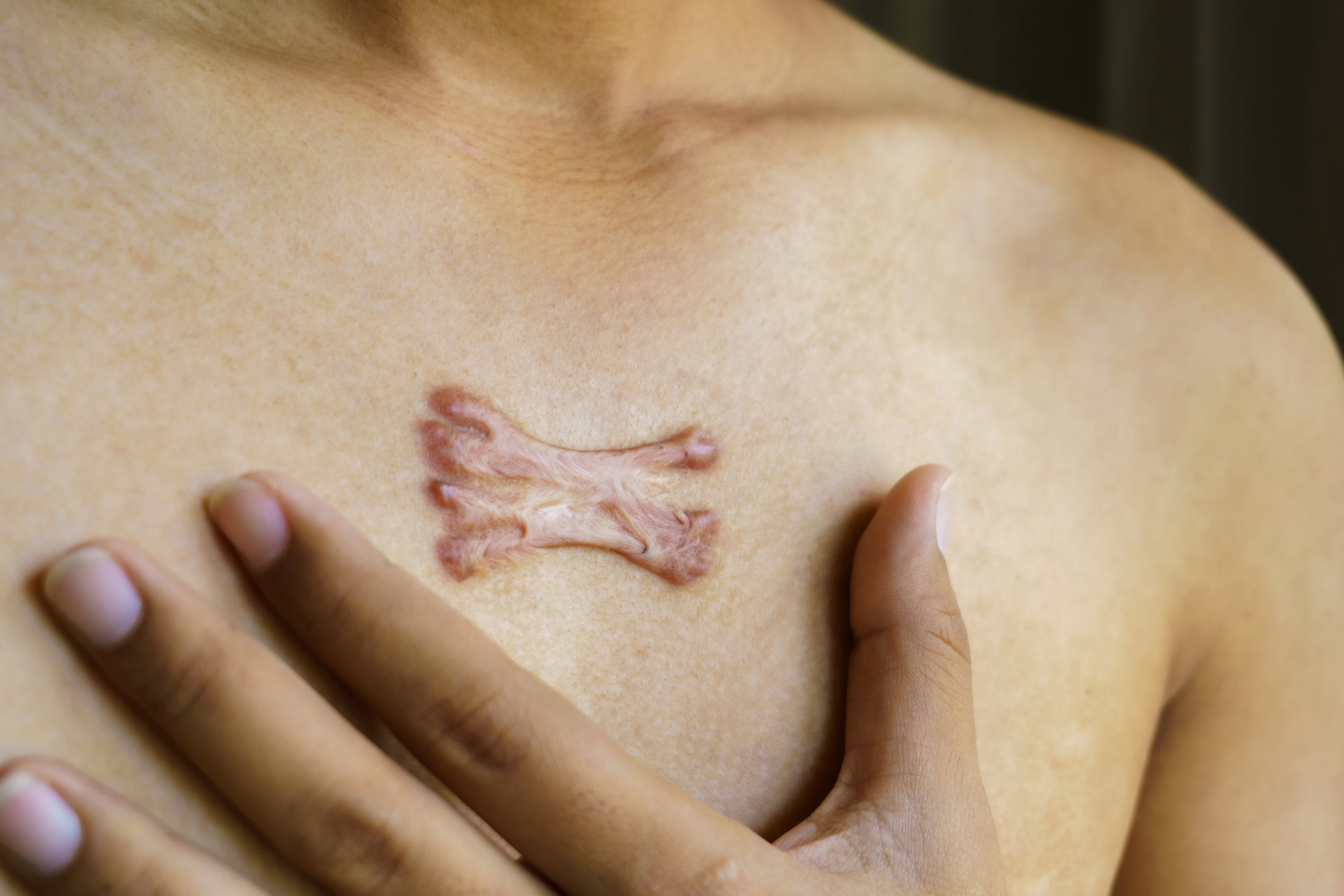Why We Use SCDs for Blood Clot Prevention After Surgery

At Metropolitan Plastic Surgery, your safety is our top priority—especially when it comes to protecting you from serious complications like blood clots after surgery. One of the most important (yet often overlooked) tools we use during and after procedures is the Sequential Compression Device, or SCD.
What Are SCDs?
Sequential Compression Devices (SCDs) or "leg squeezers" as they are often referred to as are inflatable sleeves that gently wrap around your legs and rhythmically squeeze your calves or lower thighs. This compression simulates the natural pumping motion of your muscles, helping to move blood through your veins.
Why Are They Important?
SCDs play a critical role in preventing:
- Deep Vein Thrombosis (DVT): A blood clot that forms in the deep veins, often in the legs
- Pulmonary Embolism (PE): A potentially life-threatening complication that occurs if a clot travels to the lungs
These risks increase after surgery—especially during longer procedures like tummy tucks—because you’re sedated, not moving, and lying flat, which slows circulation.
How Do SCDs Work?
During surgery, SCDs:
- Help maintain healthy blood flow while you’re under anesthesia
- Reduce pooling of blood in the legs
- Lower your risk of clot formation by keeping circulation active
Post-operatively, using SCDs at home during recovery can extend that protection when you’re still moving slowly or spending more time resting.
Why We Send Tummy Tuck Patients Home with SCDs
At our practice, we go a step further:
All tummy tuck patients are sent home with SCDs to continue using for the first few weeks of recovery.
This extra precaution helps:
- Lower the risk of DVT/PE during the slower recovery phase
- Encourage proper circulation while you’re resting and healing
- Provide peace of mind for both patient and surgeon
Our Commitment to Your Safety
We take every possible step to minimize your risk of complications—and SCDs are a simple, effective tool in that strategy. If you have questions about how they work or what to expect during your recovery, we’re always happy to walk you through it.
Your comfort and safety matter every step of the way.
—
Dr. Victoria Aimé | Plastic Surgeon | Metropolitan Plastic Surgery, Scottsdale, AZ
Our surgical and non-surgical treatment options
Ready to start your transformation?
Whether you’re just beginning to explore your options or have specific goals in mind, we’re here to guide you with expertise and compassion.

Read more articles

Do You Really Need to Wear a Post-Op Abdominal Binder or Compression Garment?
Wondering if you really need that post-op binder or compression garment? Learn what they actually do, the evidence behind them, how long to wear them, and how to choose one that fits your recovery needs and budget.

The 3 Most Important Parts of Recovery After Plastic Surgery
Learn the three most important parts of recovering safely after surgery: anesthesia safety, infection prevention, and bleeding or clotting management. Dr. Victoria Aimé explains what patients need to know before and after their procedure.

Why We Use SCDs for Blood Clot Prevention After Surgery
SCDs are a simple but powerful tool used during and after surgery to prevent blood clots. Learn how they work and why we send tummy tuck patients home with them.

Hypertrophic vs. Keloid Scars: What’s the Difference and How to Prevent Them
Not all scars are the same. Learn the key differences between hypertrophic and keloid scars, what puts you at risk, and how to prevent and treat abnormal scar formation after surgery or injury.
